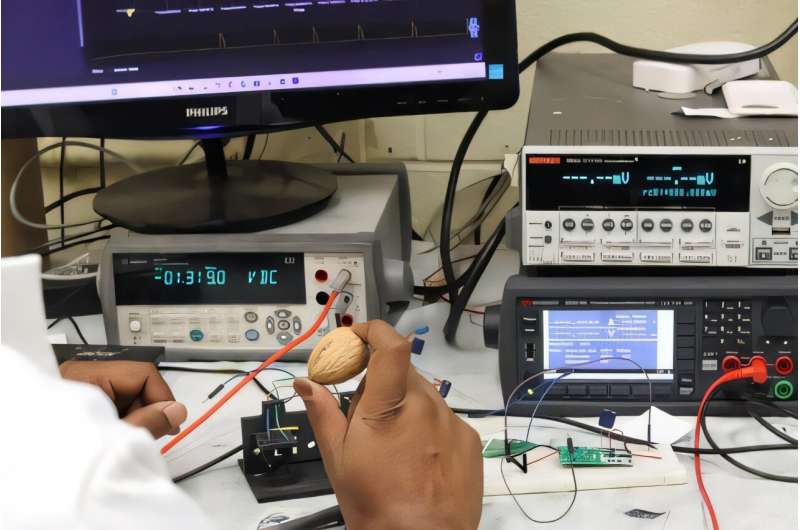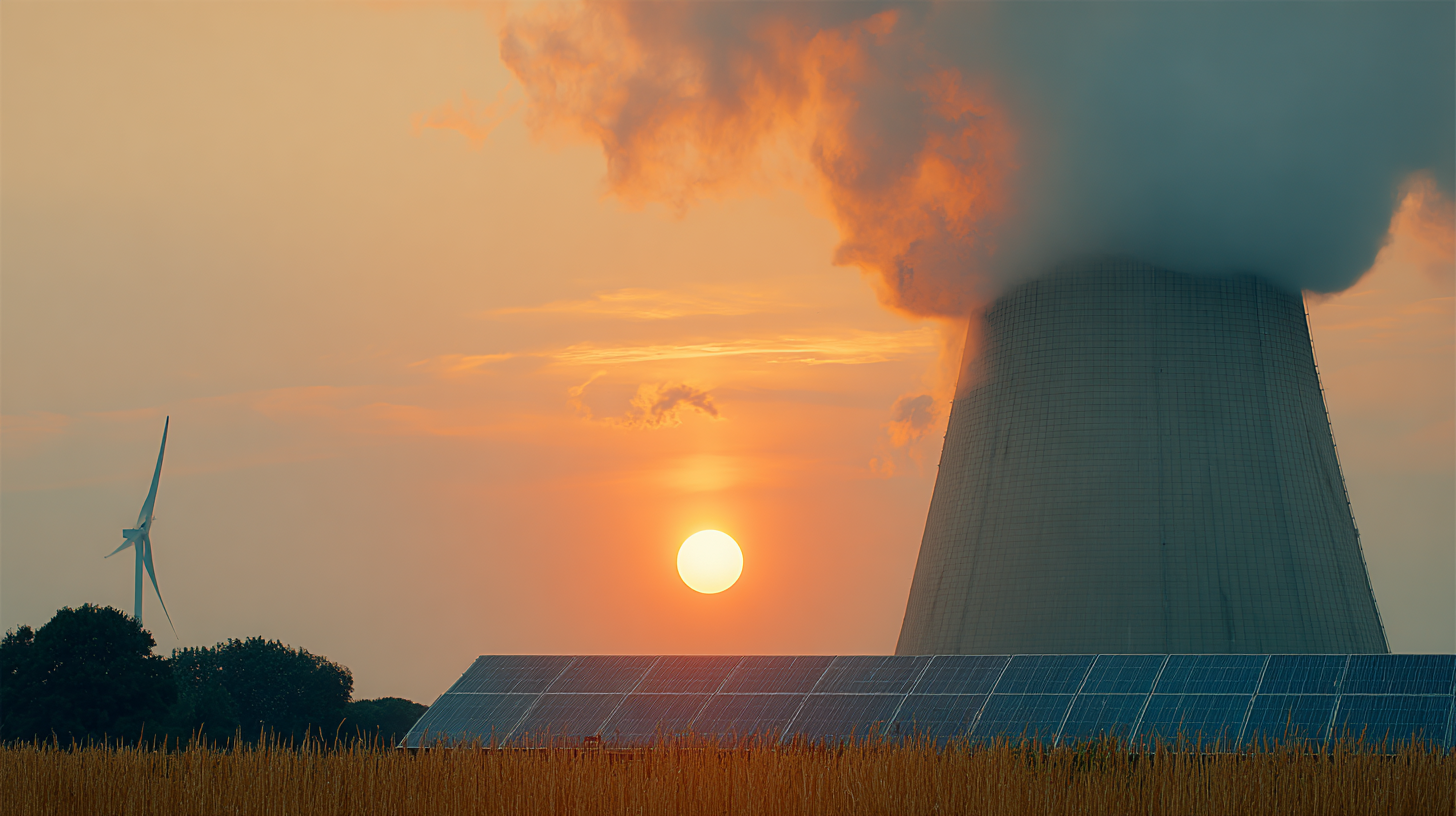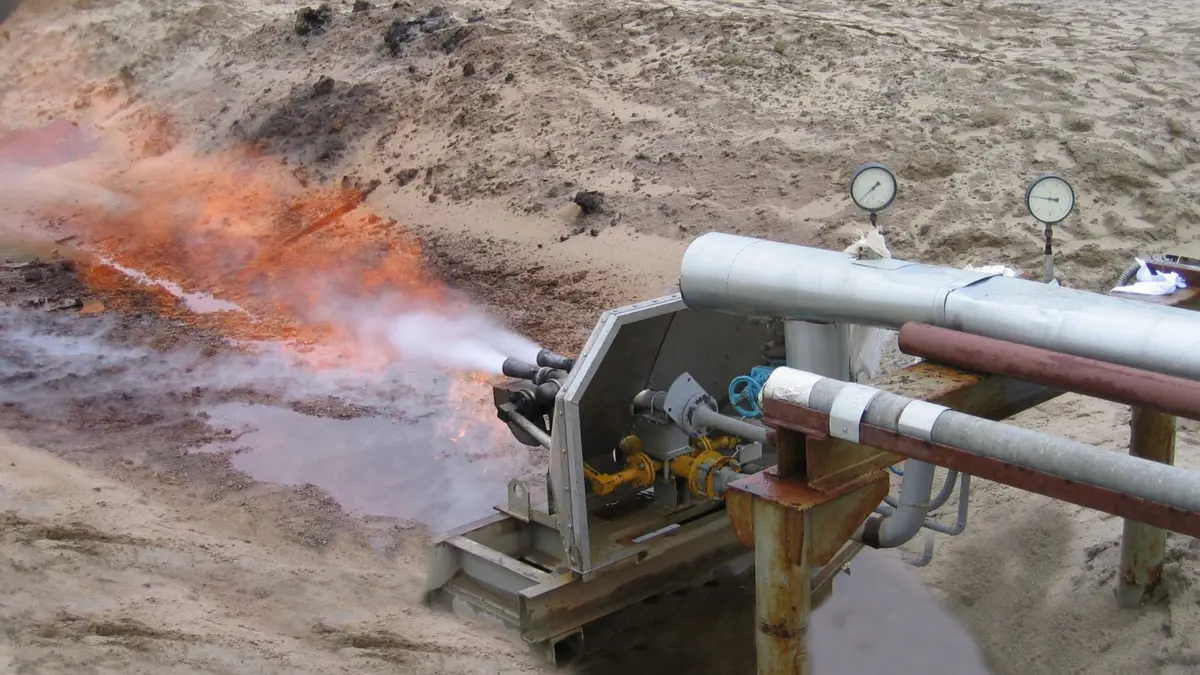When most people think of engines, they picture pistons, turbines, or rockets roaring with fire. But the next revolution in engines is happening at a scale so small it’s invisible to the human eye. A team of researchers at King’s College London has just built the hottest engine in the world—not in a power plant or a jet, but in a vacuum chamber using a single glass bead smaller than a red blood cell. The effective temperature of this microscopic engine? Sixteen million kelvin, rivaling the core of the Sun.
Continue reading… “Engines Hotter Than the Sun: The Microscopic Machines Redefining Thermodynamics”Why the Next Tech Revolution Won’t Come From Silicon Valley
For decades, Silicon Valley has been shorthand for the future. From microchips to social media, smartphones to AI startups, the Bay Area has claimed center stage as the birthplace of disruptive technology. But the next leap forward will not come from another app or platform—it will come from power. Not just computing power, but literal energy.
Continue reading… “Why the Next Tech Revolution Won’t Come From Silicon Valley”Turning Walnut Shells into Power: The Future of Coin-Sized Clean Energy
What if the next leap in energy didn’t come from billion-dollar reactors, sprawling power plants, or futuristic satellites, but from something as humble as a walnut shell? At the University of Waterloo, researchers have created a device no bigger than a coin that can generate electricity from waste shells and a few drops of water. This deceptively simple invention could one day power wearable sensors, remote monitors, and portable devices in places where batteries are too costly or fragile to be practical.
Continue reading… “Turning Walnut Shells into Power: The Future of Coin-Sized Clean Energy”Rewriting Vision: Electricity, Not Lasers, May Be the Future of Eye Care
For decades, people with imperfect eyesight have faced a binary choice: wear corrective lenses or undergo surgery. Glasses and contacts remain the most common solution, while LASIK surgery—reshaping the cornea with high-precision lasers—has become a popular alternative for those seeking a more permanent fix. But LASIK, despite its widespread success, still requires cutting into the eye, which weakens the cornea and carries risk. Now, a surprising breakthrough suggests the next era of vision correction may not involve lasers, scalpels, or incisions at all. Instead, it may use electricity.
Continue reading… “Rewriting Vision: Electricity, Not Lasers, May Be the Future of Eye Care”Nuclear vs. Solar: The Energy Battle That Will Shape Your Electric Bill
Picture this: it’s 2040, and you’re looking at your monthly electric bill. Will it be powered by massive solar farms stretching across countryside, or by sleek new nuclear reactors humming quietly in your region? The answer to this question could determine whether your electricity costs a few cents per kilowatt-hour or significantly more—and it’s a battle being fought right now between two very different visions of America’s energy future.
Continue reading… “Nuclear vs. Solar: The Energy Battle That Will Shape Your Electric Bill”China’s CFR-1000 Reactor: A Measured Step Toward the Next Era of Nuclear Power
China has taken a significant step in nuclear technology with the development of the CFR-1000 fast neutron reactor, a design capable of generating 1.2 gigawatts of power—enough to supply electricity to around one million homes. While the reactor is still under development and not expected to become operational until 2034, it highlights a broader global trend: the push toward advanced nuclear systems that aim to improve efficiency and reduce waste.
Unlike traditional reactors, which rely on slow neutrons and produce large volumes of long-lived radioactive waste, the CFR-1000 is designed to operate with fast neutrons. This allows it to “breed” new fuel, such as plutonium-239, from non-fissile uranium-238. In practice, this means greater fuel efficiency and the potential to recycle some nuclear waste.
Continue reading… “China’s CFR-1000 Reactor: A Measured Step Toward the Next Era of Nuclear Power”Waste to Power: Why the Next Fuel Revolution Might Come From Trash
The future of fuel might not be hidden in oil fields or lithium mines—it could be hiding in yesterday’s garbage.
Michaela Hissa, PhD, a researcher at Finland’s University of Vaasa, has been pushing the boundaries of what counts as “fuel.” Her work shows that industrial by-products and hazardous waste could be reimagined into clean, drop-in fuels powerful enough to run ships, heavy machinery, and off-road vehicles.
Her dissertation zeroed in on two surprising candidates: renewable naphtha made from crude tall oil (a pulp industry by-product) and marine gas oil refined from recycled lubricants. Both fuels proved ready to power internal combustion engines without costly redesigns or infrastructure overhauls. In other words, they could slip right into today’s fleets.
Continue reading… “Waste to Power: Why the Next Fuel Revolution Might Come From Trash”Japan’s Machine Learning Breakthrough Could Make Power Cords Obsolete
Imagine a world where your phone, laptop, electric car, and even your kitchen appliances pull power from the air—no cords, no plugs, no hunting for the right charger. A research team at Chiba University believes they’ve just taken a major step toward making that world real.
Led by Professor Hiroo Sekiya, the team has developed a machine learning–driven design for wireless power transfer (WPT) systems that remain stable no matter what you plug—or don’t plug—into them. This “load-independent” operation means devices can receive a consistent stream of power without the efficiency loss and voltage swings that plague conventional wireless systems.
Continue reading… “Japan’s Machine Learning Breakthrough Could Make Power Cords Obsolete”Korea’s Hydrogen-Powered Tech: Farming Goes Off-Grid
Forget the tractor. The new icon of agriculture might just be a hydrogen fuel cell.
At a 660-square-meter greenhouse in Jeonju, South Korea, tomatoes are being cultivated in what could only be described as a technological fortress—one that produces its own power, reuses its own heat, and doesn’t flinch when the weather turns hostile. This isn’t a science fiction set. It’s a real, functioning smart farm powered by a fusion of hydrogen fuel cells, solar collectors, heat pumps, and adsorption chillers.
Built by the Korea Institute of Machinery and Materials (KIMM), this isn’t just another green experiment. It’s a declaration of energy independence for agriculture—a self-contained, AI-optimized, weather-proof growing system that slashes operating costs by over a third and cuts emissions by more than half.
Continue reading… “Korea’s Hydrogen-Powered Tech: Farming Goes Off-Grid”Unlocking the Future of Wind Energy: University of Glasgow Advances Bladeless Wind Power Design
Researchers at the University of Glasgow are pioneering the next generation of renewable energy with a focus on bladeless wind turbines (BWTs), using advanced computer simulations to pinpoint the most efficient designs yet.
This marks the first time simulations have successfully identified the optimal balance between power output and structural strength in BWTs. These bladeless systems, still in the early stages of development, may soon progress from small-scale trials to grid-level electricity generation.
Continue reading… “Unlocking the Future of Wind Energy: University of Glasgow Advances Bladeless Wind Power Design”The Space Program That Stays on Earth: Faroe Islands Harness Moon-Driven Tidal Energy with Luna 12”
In a refreshing twist on the typical space race, the Faroe Islands Space Program isn’t about launching rockets—it’s about staying grounded and turning the Moon’s gravitational pull into clean, renewable energy. This ambitious initiative centers around Luna 12, an underwater tidal kite designed to convert ocean currents into electricity, offering a reliable energy source for the remote North Atlantic archipelago.
The program is a collaboration between Swedish industrial giant SKF, marine energy innovator Minesto, and the local Faroese utility Sev. Together, they aim to help the Faroe Islands reach their goal of 100% renewable energy by 2030—and they’re doing it without leaving the planet.
Continue reading… “The Space Program That Stays on Earth: Faroe Islands Harness Moon-Driven Tidal Energy with Luna 12””Breakthrough in Thermal Energy Storage Could Revolutionize Renewable Energy Storage
A groundbreaking new technology known as thermal energy storage (TES) is set to transform the future of energy storage. At the heart of this innovation is an advanced thermal emitter that captures heat and converts it into electromagnetic radiation, which is then transformed into electricity through photovoltaic cells. Compared to conventional batteries, this system offers a more scalable and sustainable alternative. If successful, it could pave the way for a more efficient and eco-friendly energy storage solution, potentially replacing existing, less reliable systems.
Renewable energy sources such as solar and wind power hold great promise for reducing our reliance on fossil fuels, but they come with one major obstacle: intermittency. Since these energy sources depend on weather conditions and time of day, their availability is often unpredictable. This unpredictability can lead to instability in power generation, creating challenges for managing electrical grids. To address these fluctuations, large-scale energy storage systems are essential to balance supply and demand.
Continue reading… “Breakthrough in Thermal Energy Storage Could Revolutionize Renewable Energy Storage”












